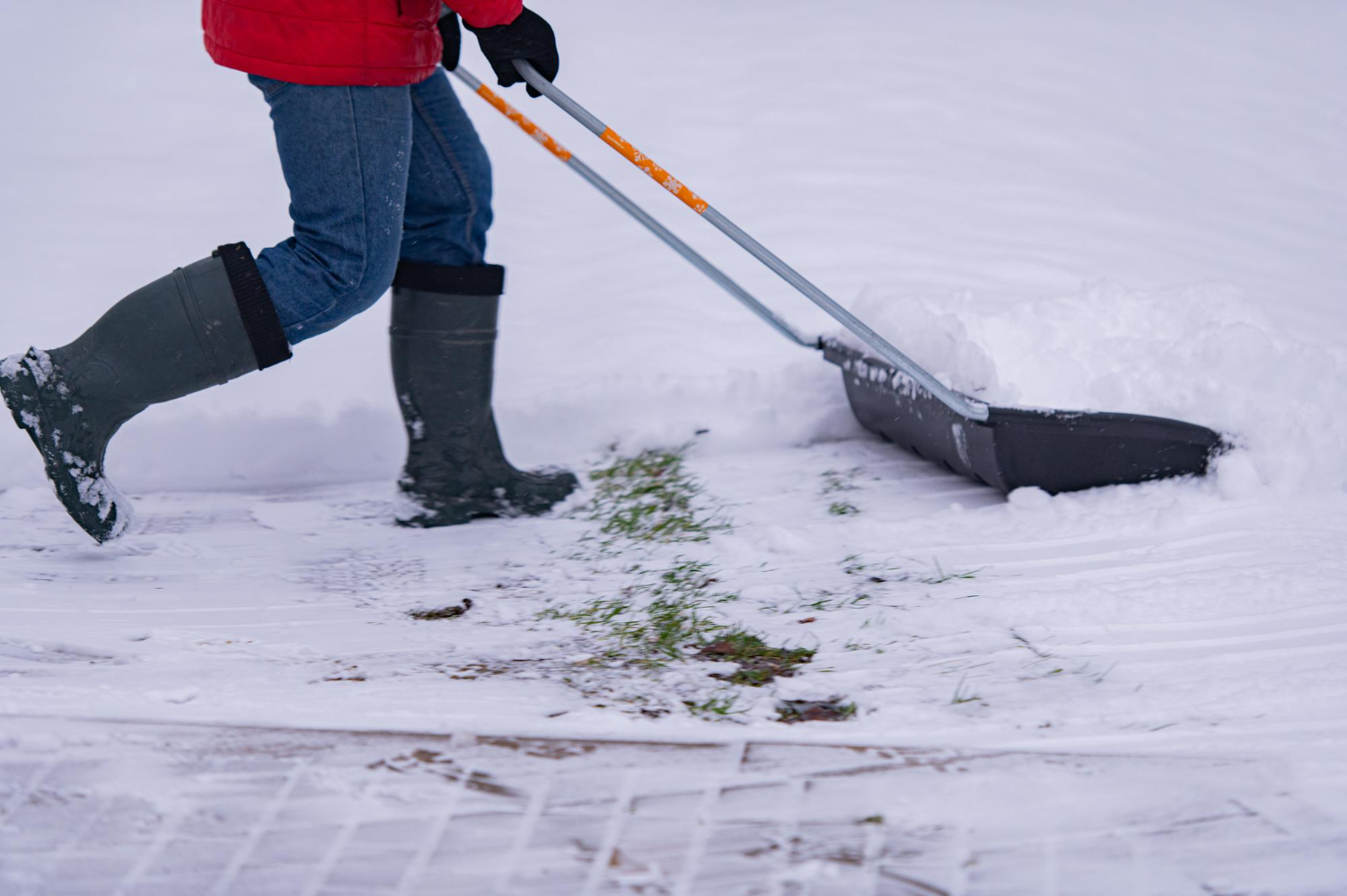- Turf
- Artificial
- Soil
- Timber
- Composite Decking
- Paving & Stone
Get In Touch With Our Experts Today!
Give us a Call! - Seed & Fertiliser
- Dressing
- Bark

January 20, 2025
As beautiful as a white-coated garden can be to wake up to, severe frost can cause serious problems underneath the sparkling surface. A slight frost that instantly melts as the sun rises won’t cause too much damage. It also won’t trick your lawn into dormancy (especially when the UK has a random cold snap in April).
But when it remains extremely cold for a long period, freezing temperatures can impact your turf, soil, and grass roots, as well as the health, resilience, and growth of your lovely lawn. In this article, we cover how frost and snow can damage your lawn, provide tips for dealing with frosty turf, and explain how to repair your lawn after a harsh winter.
Frost brings freezing temperatures, snow, low rainfall, strong winds and little sunshine. This combination can stunt your lawn’s growth and cause serious damage to the blades and roots, impacting the condition of your lawn when spring comes around. Other ways frost and snow can damage your turf include:
If you have piles of snow, these need to be removed as quickly as possible. Snow not only blocks sunlight from reaching your lawn but can also suffocate your grass, resulting in dead spots. As the snow melts, it can also cause water pooling if your soil’s drainage isn’t up to scratch.
If you spot any of these issues once removing the snow, aerating the area will allow your grass to breathe and let oxygen and water reach the roots. Clearing up your lawn will also create a nicer, tidier outdoor space – even if it’s too cold to use!
Bare patches in your lawn are areas that have struggled to access vital nutrients to keep grass resilient throughout winter. There’s a strong chance that the root is in good condition, so you can easily regrow the area. Applying a winter fertiliser will encourage stronger roots, healthy growth, and a brighter appearance.
While we’ve been cosied up inside, weeds have been exploring your lawn in search of a weak spot to anchor in. If you correctly protected your lawn in December, it should be strong enough to fight off these pesky plants. But if you do spot a small weed infestation, remove these by hand and apply weed killer.
If you’ve spotted thinning or bare patches post-frost and snow, you can repair these areas by overseeding and fertilising. If the ground is frozen (below 6 degrees), we recommend pausing overseeding, as your efforts will be wasted. Once the soil temperature reaches 6 degrees, seeds will begin germinating, and the growing process starts.
A winter or spring fertiliser can also work wonders for your lawn post-snow. Pick the correct type of fertiliser depending on the issues caused by the frost and snow. For example, if your grass has weakened, our Nourish autumn/winter fertiliser will strengthen root systems, promote thicker growth and provide key nutrients for healthy grass. If your lawn is thinning or struggling to grow, opt for our Envy spring/summer fertiliser, which boosts growth, produces stronger grass blades, and prepares your lawn for spring.
If you have exposed areas of soil, an additional layer of high-quality topsoil can help protect your soil and the grass roots from further freezing temperatures, rain and wind. Better yet, if you’ve applied grass seed, adding a layer of topsoil can help keep your seeds in place and protect them from the elements.
Frost damage on grass can appear in many ways, such as:
Repairing a lawn after severe frost or snow is achievable. It requires attention to detail, patience and good lawn care, all of which can help restore your lawn and increase its resilience for future winters. If you need any further turf advice, check out our blog section or get in touch with our friendly customer service team.
For our landscapers, be sure to check out our George Davies Trade Account to aid with future orders.
CALL US NOW ON 01234 818 253